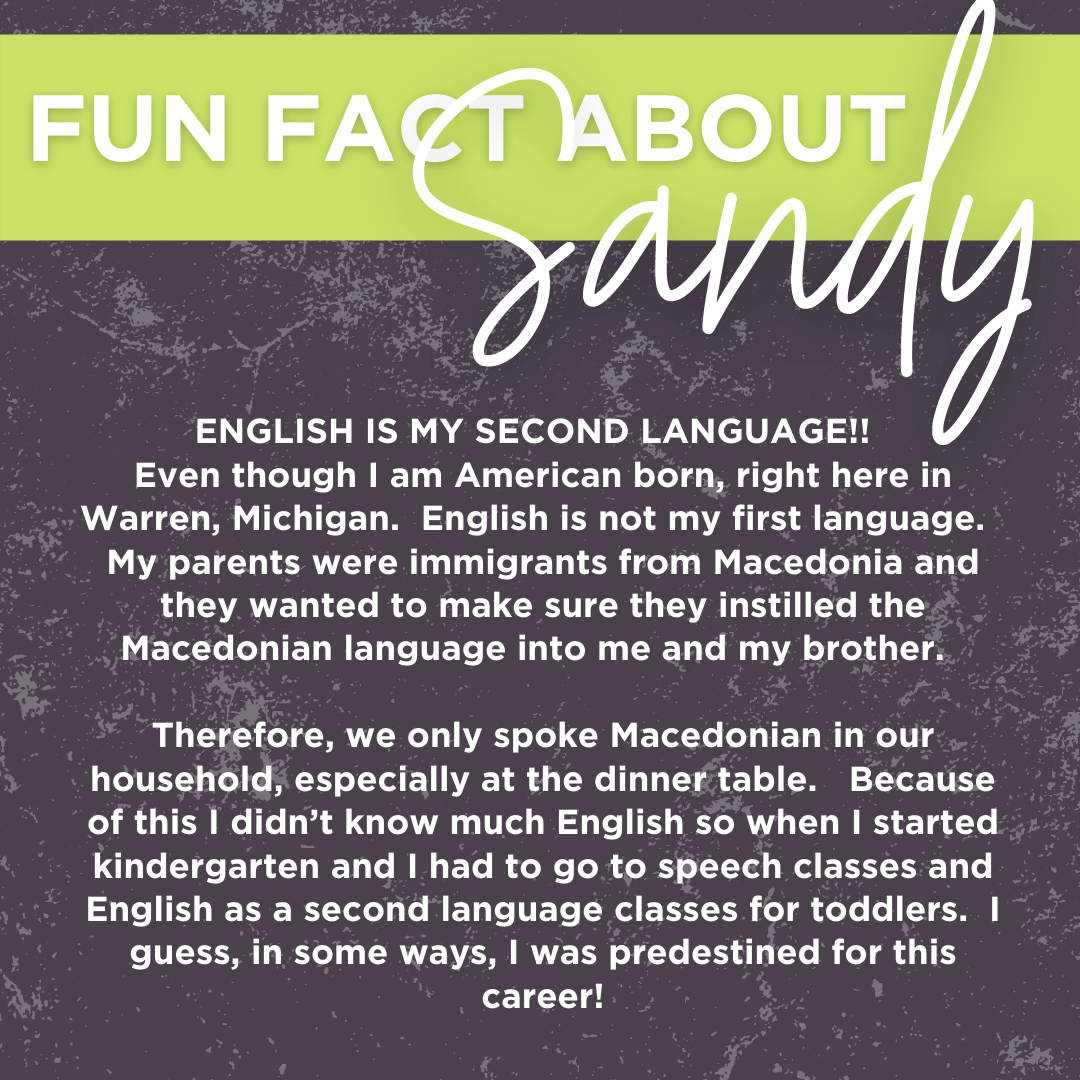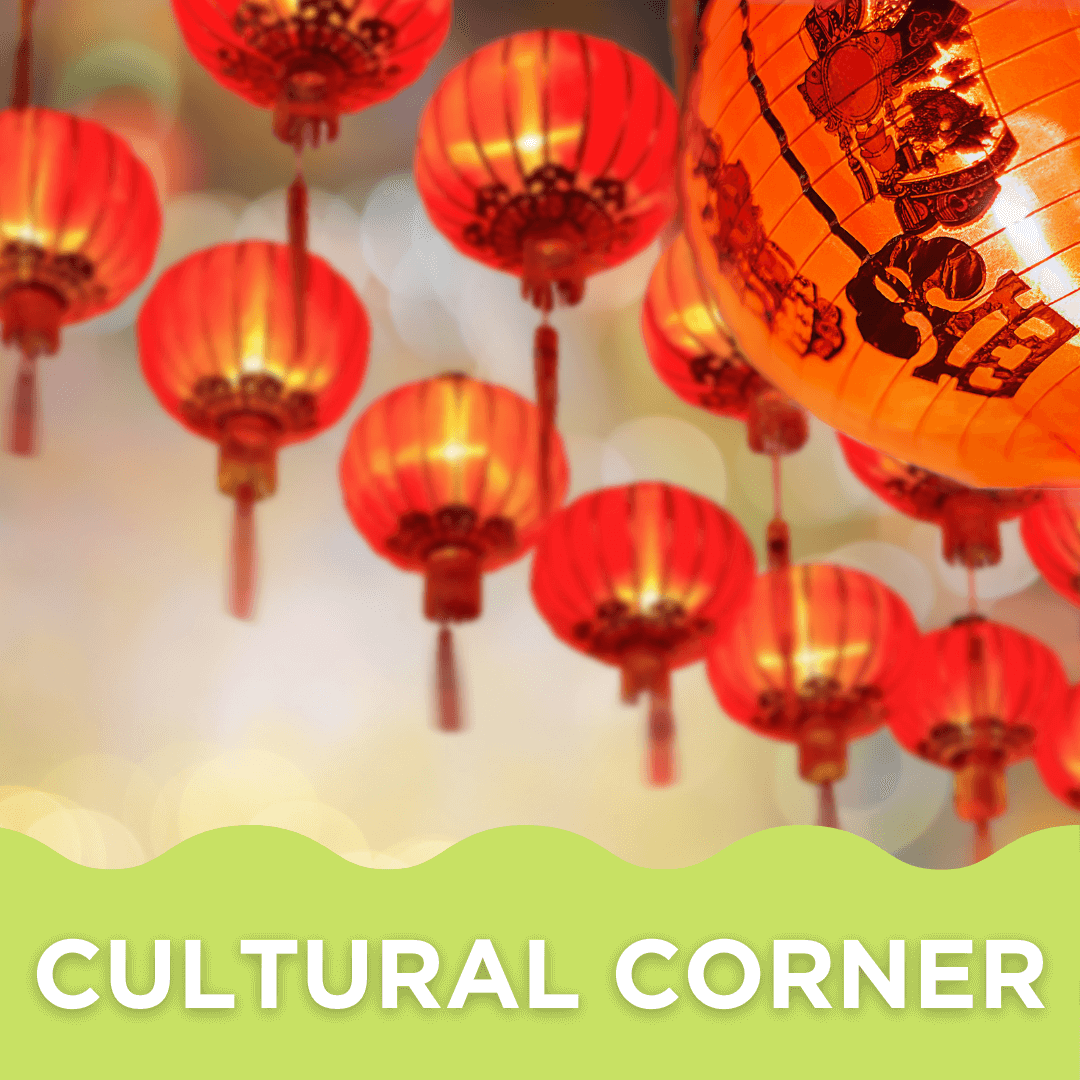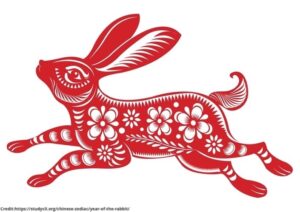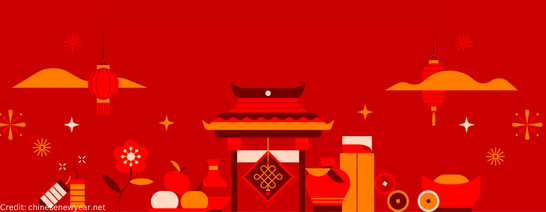

Your experience with our company- MATTERS.
Worldwide Interpreters operates under these sound business practices:
– High-quality interpreting and translation language services
– Competitively priced
– Accurate and timely
– Confidential
… All the while building strong relationships with our clients.
Email us at sandy@wwinterpreters.com or call us at (248) 705-9363

Celebrations of Chinese New Year
Holidays are meant to spend with family and friends. People travel long kilometers just to spend these holidays and festivals with their loved ones. There is often huge travel stress during Lunar New Year in China. It is annually heralded as the “world’s largest human migration“. People get 7 consecutive days of relaxation from their work. Families reunite and celebrate together which includes feasting, exchanging gifts and money, watching dragon dance and fireworks, and much more.
1. Reunion feast
What’s a festival without a feast? Family dinners serve to be the best opportunity to gather everyone around the table and have some quality family time. The traditional Chinese foods of the New Year’s evening include fish, dumplings, Nian Gao (sticky rice cake), and spring rolls. Many of these food items are symbolic. The fish in many Chinese languages sounds like the word for “abundance” and is a must-have in the meal. Similarly, the sticky rice cake is a desert filled with peanuts and sesame seeds which, according to the Chinese, are two foods that bring luck. Even citrus fruits garnished with leaves and stems are also served on the new year’s table since they bring wealth, luck, and status. Other foods like candied nuts and seeds, soups, and noodles are also commonly eaten.
2. The Red Envelopes
After the reunion dinner, the children and unmarried adults receive red envelopes with money inside them from parents and other elders. The red color symbolizes good luck and happiness in Chinese culture and so, money is also called “lucky money”.
3. Setting off fireworks and firecrackers
Chinese New Year is incomplete without setting off firecrackers. It is customary to do so at some places to scare away the sea beast Nian, who was afraid of crackling sounds. Nearly everyone lights off fireworks and firecrackers. Families stay up late to watch fireworks displays.
4. The traditional Dragon dance
Since Dragon is an auspicious symbol of China, it is an important part of Chinese culture. It symbolizes power, health, wealth, and wisdom and brings good luck to people. The dance has spread to every corner of the world and is highly recognized by people as an important Chinese tradition. A dragon dance is carried out by numerous dancers and highlights the whole festival.
5. The Lantern Festival
On the 15th day of the new year is The Lantern Festival (YUAN XIAO JIE). It marks the end of the spring festival. People celebrate the festival in different ways. Some hang lanterns outside doors and on streets while others send glowing lanterns into the sky or float them onto rivers and seas. Lanterns are also hung in temples and are carried by people in nighttime parades.







